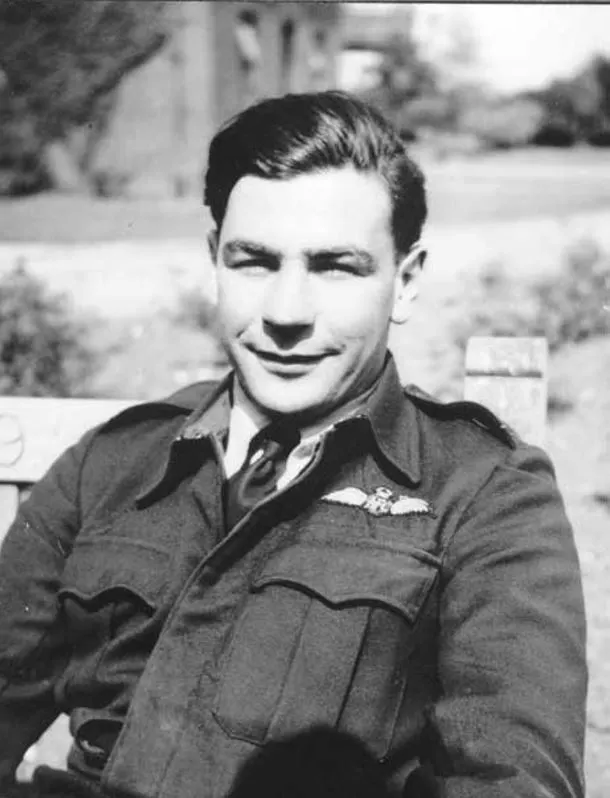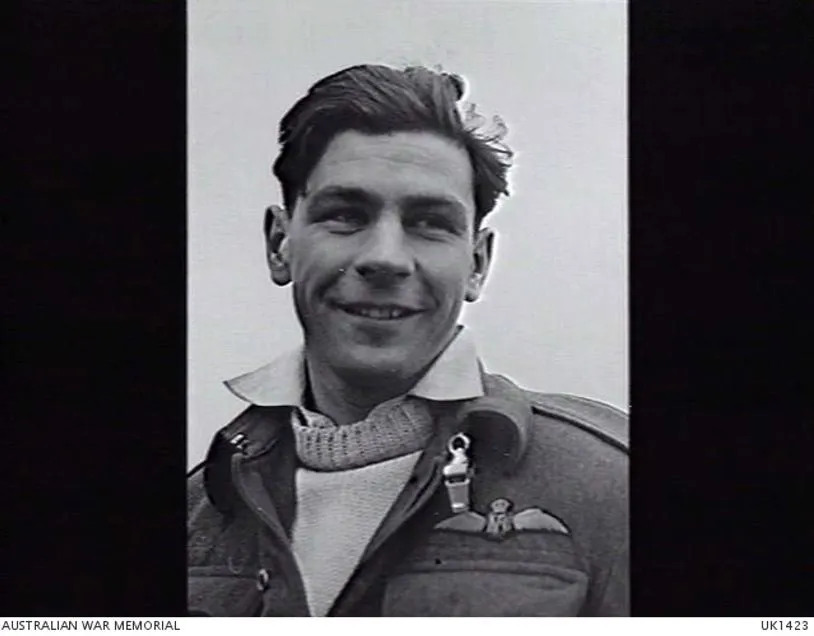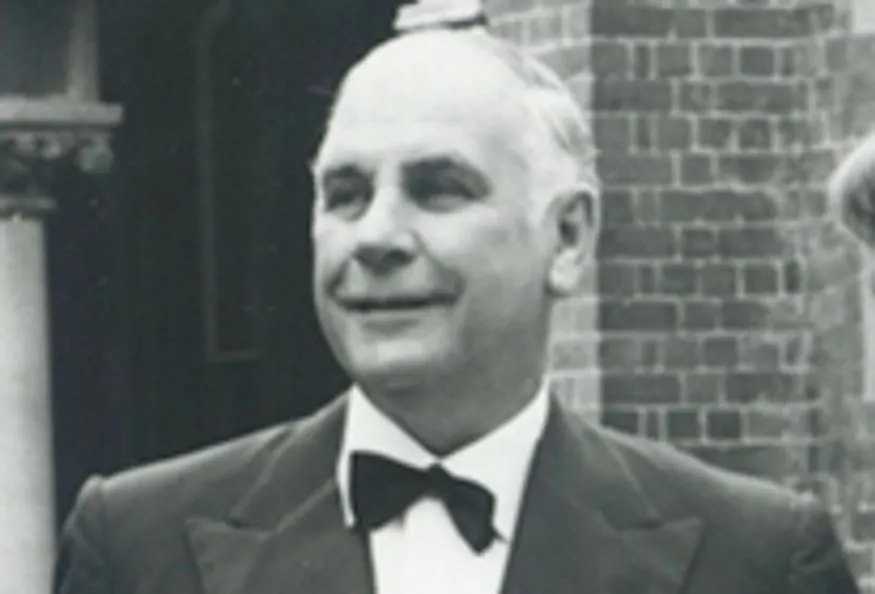FLGOFF Sir Brian Scott Inglis 418230
AC



| Squadron/s | 453 SQN |
| Rank On Discharge/Death | Flying Officer (FLGOFF) |
| Mustering / Specialisation | Pilot |
| Date of Death | 24 Sep 2014 |
| Contributing Author/s | Compiled by The Spitfire Association 2014 |
Sir Brian Inglis had advised The Spitfire Squadron of the function at Williamtown Air Base to be held on 16/2/11 and family members of Squadron members were invited. Adrian (Tim) Goldsmith’s son and Wing Commander of 453 Squadron (Retired) Don Andrew’s daughter all attended.
Combat Film No 10637. Flight Sergeant Inglis of 453 Squadron, 26/8/1944 at 1930, flying Spitfire. Target: ground targets, vehicles. The footage is here: RAF CAMERA GUN FOOTAGE - 2ND TACTICAL AIR FORCE, and then-FSGT Inglis' footage starts at 2:26.
The Trinity community is saddened to hear of the death of Sir Brian Scott Inglis AC (TC 1946), on 24 September 2014, after a short illness.
Born in Adelaide in 1924, the elder son of the late E Scott and Grace Inglis, Brian attended Geelong Grammar School.
In 1942, soon after his eighteenth birthday, he enlisted in the Royal Australian Air Force on Anzac Day of that year.
According to Bill Simpson's Spitfire Dive-Bombers vs the V2, joining the air force 'was a natural choice for the young man, whose father fought the Germans in the skies above France in the First World War'.
In his service, Brian was sent to Britain to fly Spitfires with No. 453 Squadron. He flew cover for the Allied landings at Normandy on D-day, and his last mission came when Britain and the US liberated the Channel Islands.
Years later, in 2005, he received the French Legion of Honour medal. On the occasion, at the Australian War Memorial in Canberra, French Veterans' Affairs Minister Hamlaoui Mekachera noted of those who both served and fell, 'This sacrifice is the greatest which can be made in forging an unshakeable relationship between two nations'.
In January 1946, Brian was discharged. That year he commenced studies in Science at the University of Melbourne, and became a resident of Trinity College.
At Trinity, the Fleur de Lys magazine records Brian as a keen rower, being a member of the 1st Rowing Crew every year of his College experience, from 1946 through to 1948.
Brian's studies led him into a remarkable career at Ford Australia, following his father who had earlier been Ford’s director of sales. In 1970, Brian became the car company’s first Australian managing director, a role in which he showed great leadership during his 11 years.
He guided the company through many productive years as Chief Executive and Chairman.
For his outstanding professional achievements, Brian was knighted in 1976 'for service to industry and technology'; and in 1988 he was awarded the Companion of the Order of Australia.
In 1953 he married Leila Butler (who had been a resident of Janet Clarke Hall when studying at the University of Melbourne), and they had three daughters: Barbara, Alison and Andrea. Two of his children, Alison (TC 1977) and Andrea (TC 1980), also went on to become resident students at Trinity.
As a Trinity alum, Brian never lost his passion to give back to the College. In 1983, he became President of the Union of the Fleur-de-Lys, and was elected to the College Council in 1984.
Brian was a College Fellow from 1984 to 2012, and a Senior Fellow for the past two years.
More than what the archives of history record, Brian is also remembered as a devoted husband and loving father to his three daughters.
Trinity College joins with Lady Inglis, Brian’s daughters and extended family in mourning and remembering this remarkable man.

